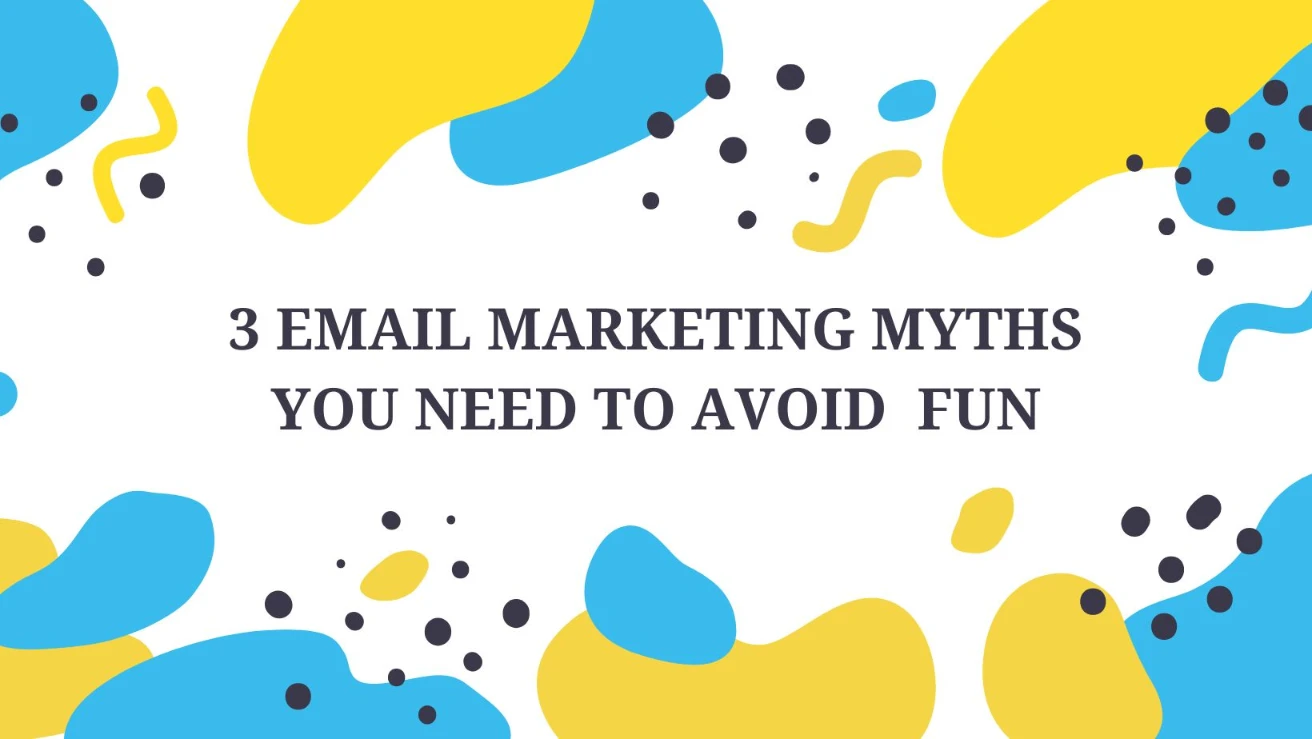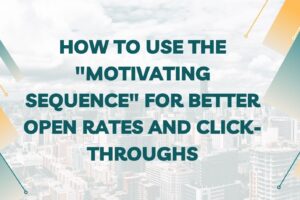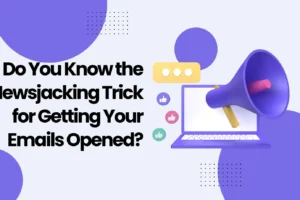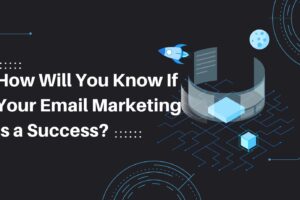
3 Email Marketing Myths You Need to Avoid
- Categories Beyond email marketing
Some small business owners don’t ever go ‘beyond the basics’ with their email marketing because they believe the following common myths. See if you recognize any of them and think about how they’ve affected your email marketing. Take steps to free yourself from these myths, eliminate their influence, and get ready to take your email marketing to the next level.
Email marketing is dead
This couldn’t be further from the truth. Email marketing is still one of the most effective digital marketing channels, providing a significant return on investment. Despite the emergence of new digital marketing strategies over the years (e.g., social media marketing, SEO, and conversational marketing), email marketing is still alive and kicking.
Email engagement rates have steadily increased and continue to be one of the most effective ways to reach customers and prospects. Email marketing is cost-effective, has broad reach, and can be used to nurture relationships and drive conversions.
It’s a great way to stay connected to customers, build loyalty and trust, and increase brand recognition. Additionally, email marketing offers a high level of personalization, meaning that you can tailor your emails to your customers’ interests and needs. This makes it easier to create campaigns that are relevant and engaging. With the right strategy and the right tools, email marketing will continue to be a powerful tool for businesses in the future.
Everyone HATES email marketing
People don’t hate email marketing – they hate irrelevant, untargeted, annoying emails. As long as your messages are useful and relevant, people are more likely to be receptive to them.
What pushes people to unsubscribe?
- Irrelevant content
- Too many emails in a short period of time
- They don’t recognize the sender/domain
- They don’t remember signing up
Don’t drive people to unsubscribe – follow these tips:
Add tags to profiles
Get clear on audience interests and where they are on their customer journey by adding tags to their profile. For example, tag people once they’ve purchased a product, so they don’t receive emails promoting an item they’ve already bought. Or, tag them with a lead magnet they’ve downloaded, which will trigger an automation with relevant information and offers.
Tags will also help you keep track of what automations your contacts might be in the middle of, so you can manage emails and not overload them with messages.
Be recognizable.
Clearly state who the sender is in the ‘from’ field. Also, make sure you send emails from the same domain where contacts found your opt-in form. If people don’t recognize who you are, they might jump to the conclusion that they didn’t sign up for your emails.
Tags will also help you keep track of what automations your contacts might be in the middle of, so you can manage emails and not overload them with messages.
Email marketing is only for sales.
Email marketing can be used for much more than sales. It’s valuable for all stages of the customer journey – not just when they’re ready to buy.
Customer Service: Email marketing can be used to provide fast, efficient customer service. Use it to deliver important resources and post-purchase product info.
Education: Provide customers and prospects with valuable educational content such as how-to guides, tutorials, and product demos. Nurture leads who are just starting their customer journey.
Community Building: Establish relationships with customers, foster a sense of community, and encourage them to engage with your brand. Nurture leads or connect with existing customers and turn them into brand advocates.
Ditch These Email Marketing Myths for Good!
Don’t let myths and misconceptions stop you from taking your email marketing to the next level.
If you want to learn next-level email marketing tactics and techniques, then head over to my program
“Email Marketing Essentials”
You may also like

Transform Your Emails with Psychology

Powerful Email Campaigns: The Newsjacking Advantage

